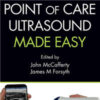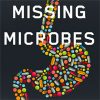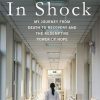Association Between Oxygen Desaturation Index and Cardiovascular Disease in Non-Sleepy SDB Subtype
dovepress.comIn the Chinese community-dwelling population, non-sleepy sleep-disordered breathing (SDB) was highly prevalent. Oxygen desaturation index (ODI), an easily extracted indicator from a type IV sleep monitor, most strongly reflected the association between non-sleepy SDB and cardiovascular disease (CVD).
The SDB rate was 30.7% (1114/3626), of which 96.5% (1075/1114) were considered the non-sleepy SDB subtype.
ODI, typical nocturnal intermittent hypoxia indicator for SDB, was independently related to CVD, regardless of whether excessive daytime sleepiness was present.
After adjusting for confounders, ODI most strongly reflected the association between non-sleepy SDB and CVD (OR:1.023; 95% CI:1.003– 1.043).
We observed a nonlinear association between ODI and the prevalence of CVD, where the likelihood of CVD increased with ODI≥ 10 events/h and a markedly increasing trend was observed with ODI ≥ 20 events/h (reference ODI = 7.0 events/h).
Metabolic parameters, Pittsburgh Sleep Quality Index, and inflammatory marker did not mediate the association between ODI and CVD in the non-sleepy SDB subtype.

















